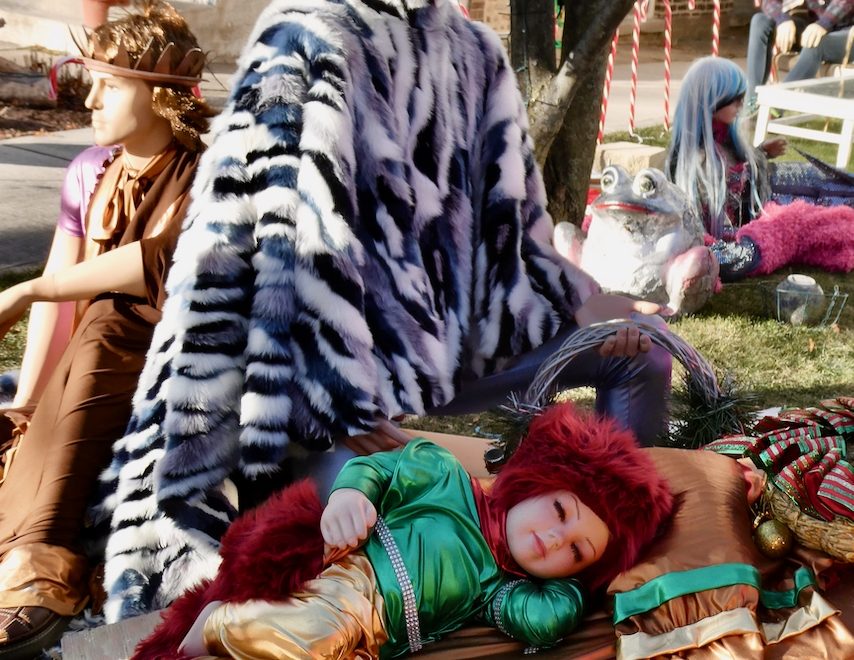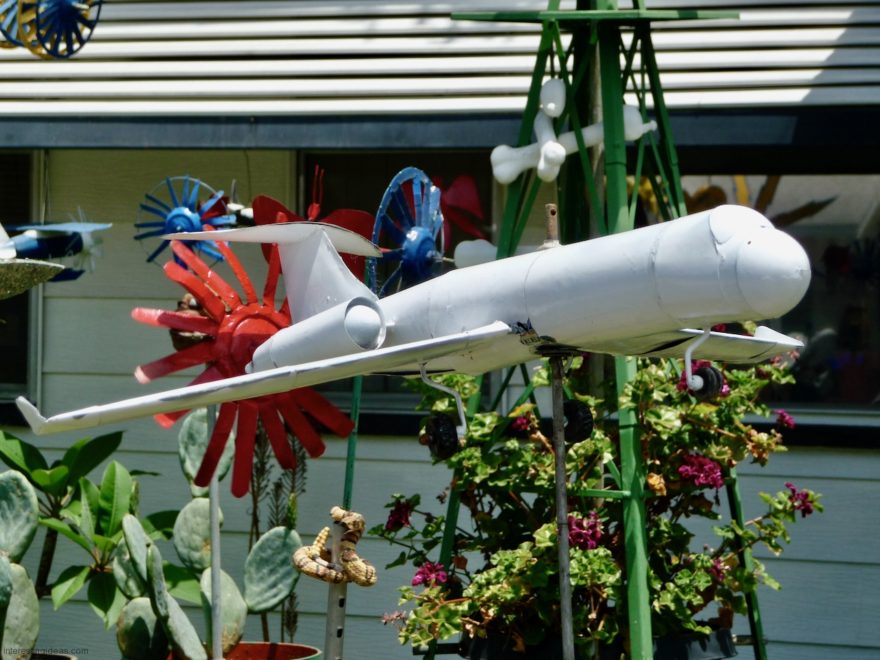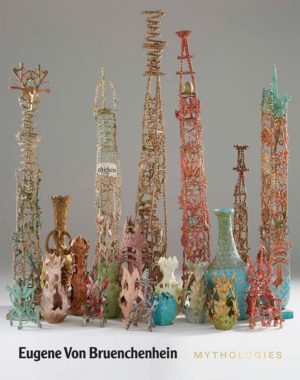I’m as guilty as anyone of overusing the concept of “greatest ever,” but this nativity scene is a legitimate candidate for the title. A full-blown, if temporary, art environment, it is the work of retired fashion designer and cosmetologist Jim McCall. You can read about McCall and the site and see more photos in this Block Club Chicago story. More art environments here.
Continue reading








